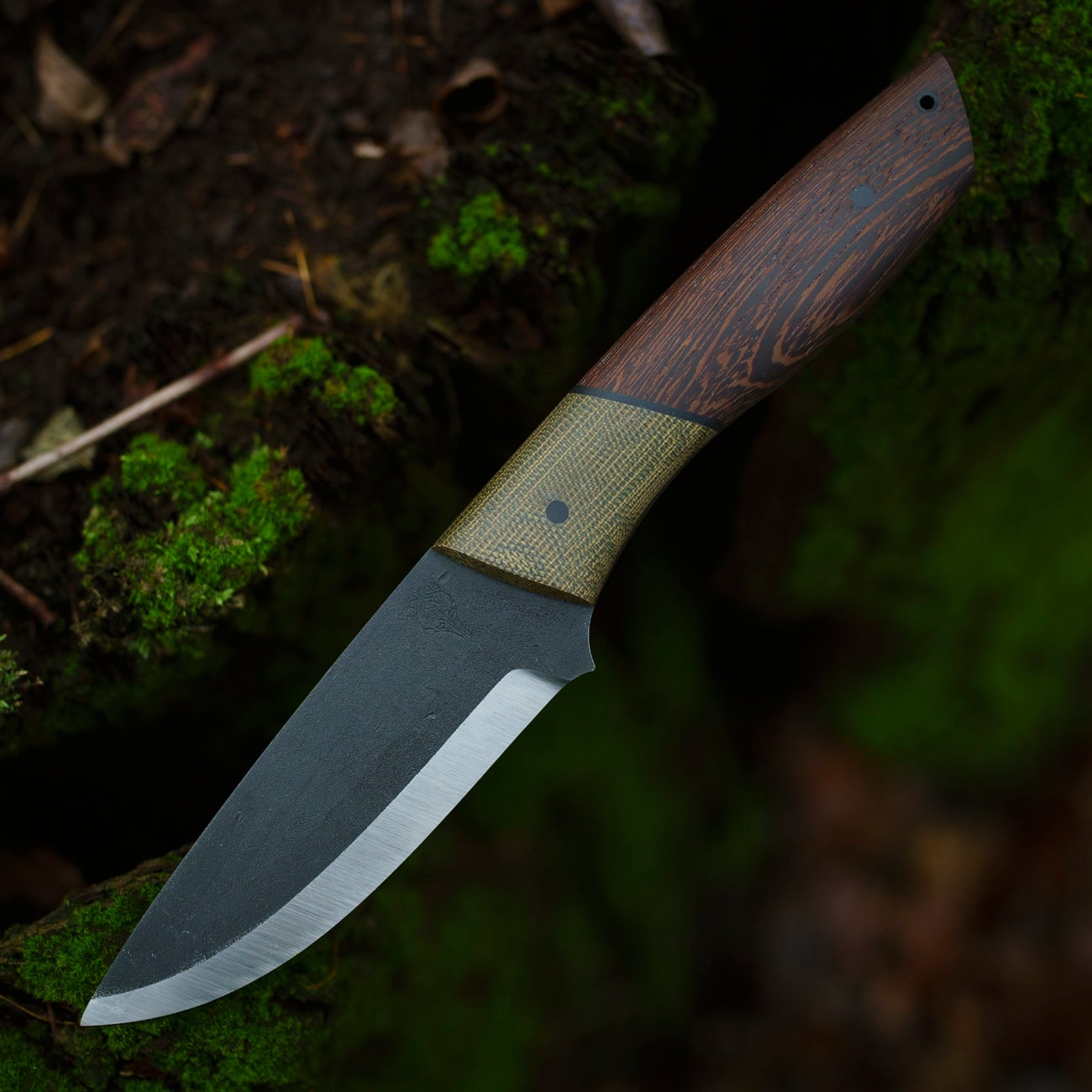Let’s be honest, a dull knife is about as useful in the wilderness as a screen door on a submarine. When you’re miles from civilization, relying on your blade for everything from preparing food to building shelter, a sharp knife is paramount. But maintaining that razor edge in harsh outdoor conditions – battling grit, grime, and fluctuating temperatures – presents a unique challenge. This guide dives deep into keeping your knife sharp, even when Mother Nature throws her worst at you.
Understanding the Enemy: Why Your Knife Gets Dull Outdoors
Before we jump into sharpening techniques, let’s understand *why* your knife goes dull in the great outdoors. It’s not just about casual use; the environment plays a significant role. Think about it:
- Grit and Abrasion: Sand, dirt, rocks – these are the knife’s natural enemies. Constant contact with abrasive surfaces chips and wears away the blade’s edge.
- Moisture and Corrosion: Exposure to water, humidity, and even acidic substances (think fruit juices) can lead to corrosion, weakening the blade and dulling its edge.
- Impact and Shock: Accidentally hitting a rock or dropping your knife can cause significant damage, often leading to chipping or rolling of the edge.
- Temperature Fluctuations: Extreme temperature changes can affect the blade’s metal, potentially leading to increased wear and tear.
Choosing Your Weapon: Sharpening Tools for the Outdoors
You can’t rely solely on a fancy sharpening system in the backcountry. Your kit needs to be lightweight, durable, and effective. Here are some excellent options:
- Sharpening Stone (or Steel): A compact, fine-grit sharpening stone (e.g., ceramic or diamond) is indispensable. A small honing steel is great for touch-ups between more substantial sharpening sessions.
- Pocket Sharpener: Many compact, handheld sharpeners are readily available. Look for one with multiple stages (coarse, medium, fine) for versatility.
- Sharpener Rod: These are great for quick touch-ups, ideal when you’re maintaining a relatively sharp edge.
Consider the weight and size of your chosen tool. You need something manageable enough to carry in your pack without adding unnecessary bulk. And always remember: a dull knife is dangerous. A sharp knife is safer and far more efficient.
Mastering the Technique: Sharpening Your Knife in the Field

Sharpening isn’t just about rubbing your knife on a stone. It’s a skill that improves with practice. Here’s a step-by-step approach:
- Clean the Blade: Remove any dirt, debris, or residue from your knife before sharpening. This prevents further damage to your sharpening tool and ensures a cleaner, more precise sharpening.
- Assess the Damage: Check the blade for chips, rolls, or excessive dulling. This helps determine how much sharpening is needed.
- Choose Your Angle: Maintaining a consistent sharpening angle is crucial. Most knives benefit from a 20-25 degree angle. Experiment to find what works best for your knife and your sharpening tool.
- Sharpening Strokes: Use even, controlled strokes, keeping the angle consistent. Avoid applying excessive pressure.
- Regular Stroking: For stones, alternate sides, maintaining consistent pressure and angle. Repeat strokes on each side until you obtain a sharp edge.
- Honing (for steels): If you have a honing steel, use gentle strokes to realign the blade’s edge, maintaining sharpness between more substantial sharpening sessions.
- Testing: Test your blade’s sharpness by carefully cutting a piece of paper or a hair. A sharply honed blade will cleanly slice through with minimal effort.
Protecting Your Investment: Knife Care and Maintenance

Proper care prevents excessive dulling in the first place. Here’s how to extend your knife’s life:
- Clean your knife after every use: Wipe it down, wash it if needed, and dry it thoroughly.
- Store it properly: Use a sheath or protective case to prevent accidental damage or corrosion. Avoid storing your knife in environments with high humidity.
- Lubricate the blade: A thin coat of oil or lubricant can prevent corrosion, especially in humid environments.
- Use your knife correctly: Avoid using your knife for tasks it isn’t designed for (e.g., prying open cans).
- Regular Sharpening: Make it a habit. Consistent, minor sharpening sessions are better than infrequent, heavy sharpening sessions.
Beyond the Basics: Advanced Sharpening Techniques

For those seeking a deeper understanding, there are more advanced techniques to explore. Learning to identify different types of damage to your blade, such as chipping versus rolling, can inform your sharpening strategy. Experimentation with different sharpening stones and angles can lead to a superior edge. Exploring online resources and instructional videos can elevate your sharpening skills to a professional level. But don’t get bogged down by unnecessary complexity. Solid fundamentals and consistent practice are key.
Maintaining a sharp knife in the backcountry isn’t just about convenience; it’s about safety and efficiency. A sharp blade is safer than a dull one – you’re less likely to slip and injure yourself. A sharp blade works better, making tasks easier and quicker, which saves precious time and energy, especially when you’re in a survival situation. Investing time and effort in honing your skills is an investment in your wilderness adventures. So grab your stone, get practicing, and keep that blade razor sharp.



